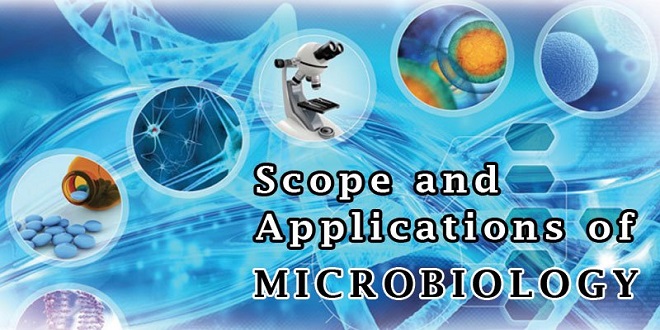General Aspects of Medical Microbiology

The History of Infectious Diseases
Infectious diseases have been known for thousands of years, although accurate information on their etiology has only been available for about a century. In the medical teachings of Hippocrates, the cause of infections occurring frequently in a certain locality or during a certain period (epidemics) was sought in “changes” in the air according to the theory of miasmas.
This concept still reflected in terms such as “swamp fever” or “malaria,” was the predominant academic opinion until the end of the 19th century, despite the fact that the Dutch cloth merchant A. van Leeuwenhoek had seen and described bacteria as early as the 17th century, using a microscope he built himself with a single convex lens and a very short focal length.
At the time, general acceptance of the notion of “spontaneous generation”—the creation of life from dead organic material—stood in the way of implicating the bacteria found in the corpses of infection victims as the cause of the deadly diseases. It was not until Pasteur disproved the doctrine of spontaneous generation in the second half of the 19th century that a new way of thinking became possible. By the end of that century, microorganisms had been identified as the causal agents in many familiar diseases by applying the Henle-Koch postulates formulated by R. Koch in 1890.
Subcellular Infectious Entities
The evidence indicates that prions are protein molecules that cause degenerative central nervous systems (CNS) diseases such as Creutzfeldt-Jakob disease, kuru, scrapie in sheep, and bovine spongiform encephalopathy (BSE) (general term: transmissible spongiform encephalopathies
Prokaryotic and Eukaryotic Microorganisms
According to a proposal by Woese that has been gaining general acceptance in recent years, the world of living things is classified in three domains bacteria, archaea, and Eucarya. In this system, each domain is subdivided into kingdoms. Pathogenic microorganisms are found in the domains of bacteria and eukarya.
Classic bacteria. These organisms reproduce asexually by binary transverse fission. They do not possess the nucleus typical of Eucarya. The cell walls of these organisms are rigid (with some exceptions, e.g., the mycoplasma)
Chlamydiae. These organisms are obligate intracellular parasites that are able to reproduce in certain human cells only and are found in two stages: the infectious, nonreproductive particles called elementary bodies (0.3 lm) and the noninfectious, intracytoplasmic, reproductive forms known as initial (or reticulate)
Rickettsiae. These organisms are obligate intracellular parasites, rodshaped to coccoid, that reproduce by binary transverse fission




